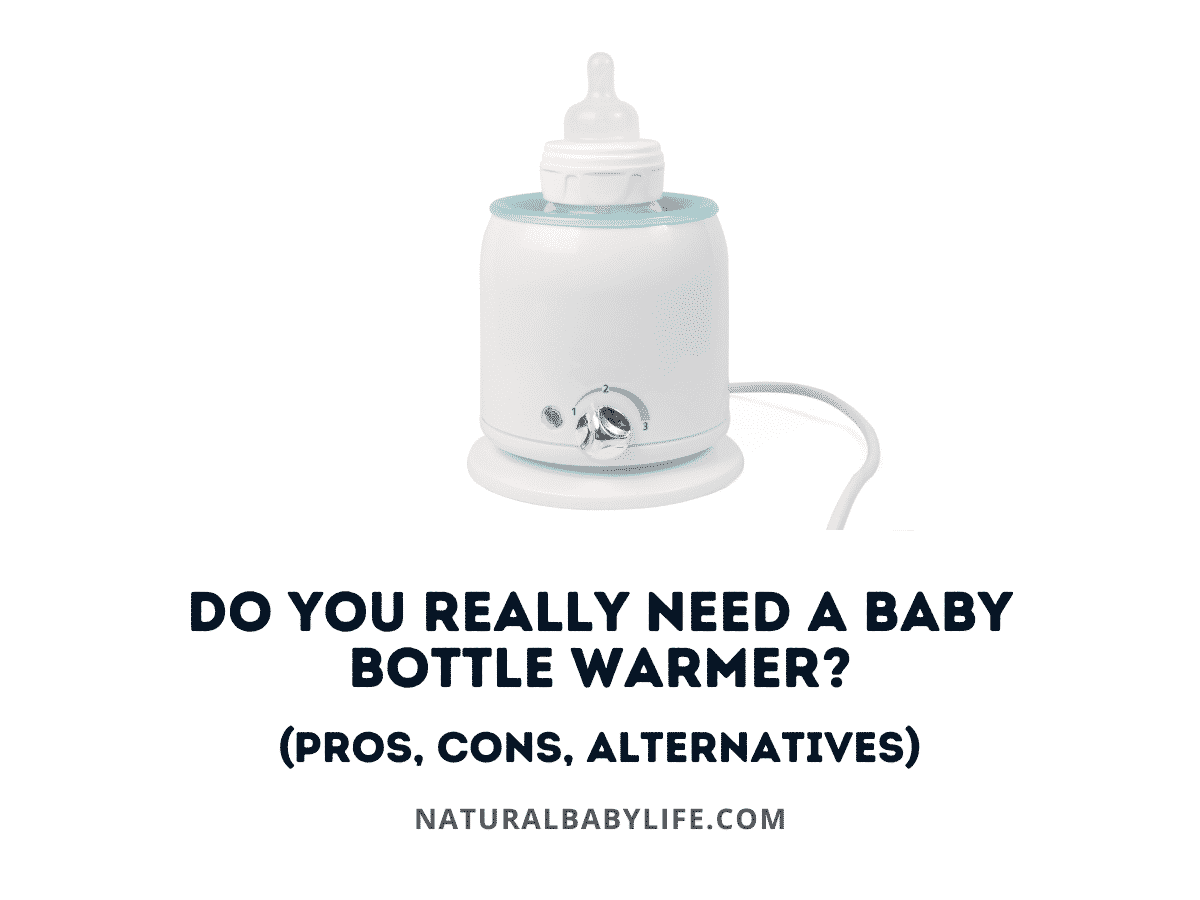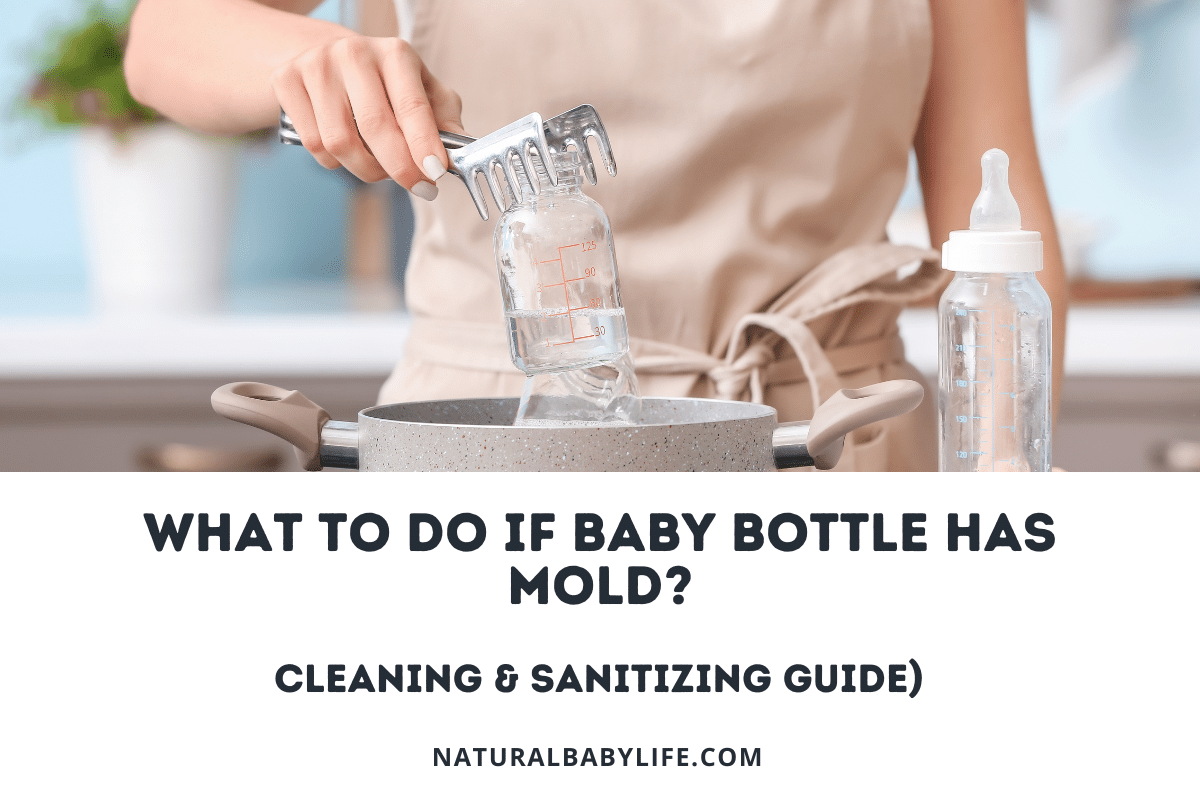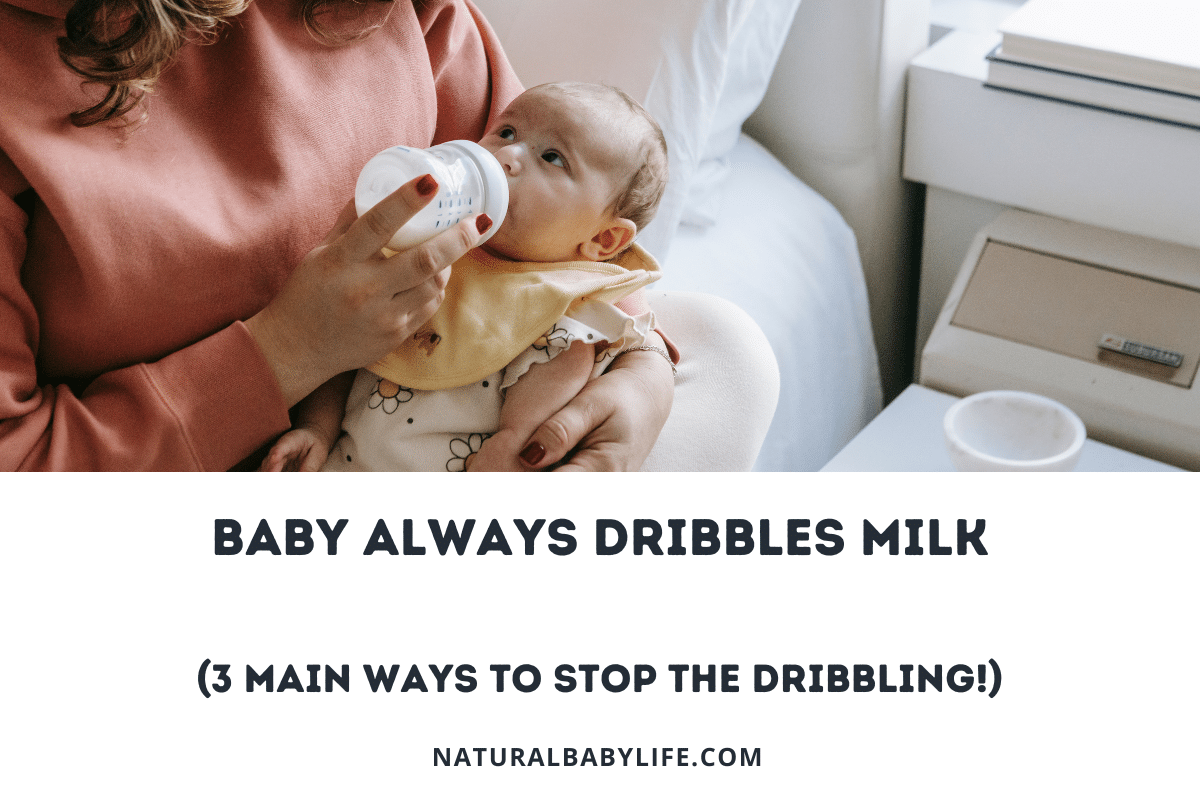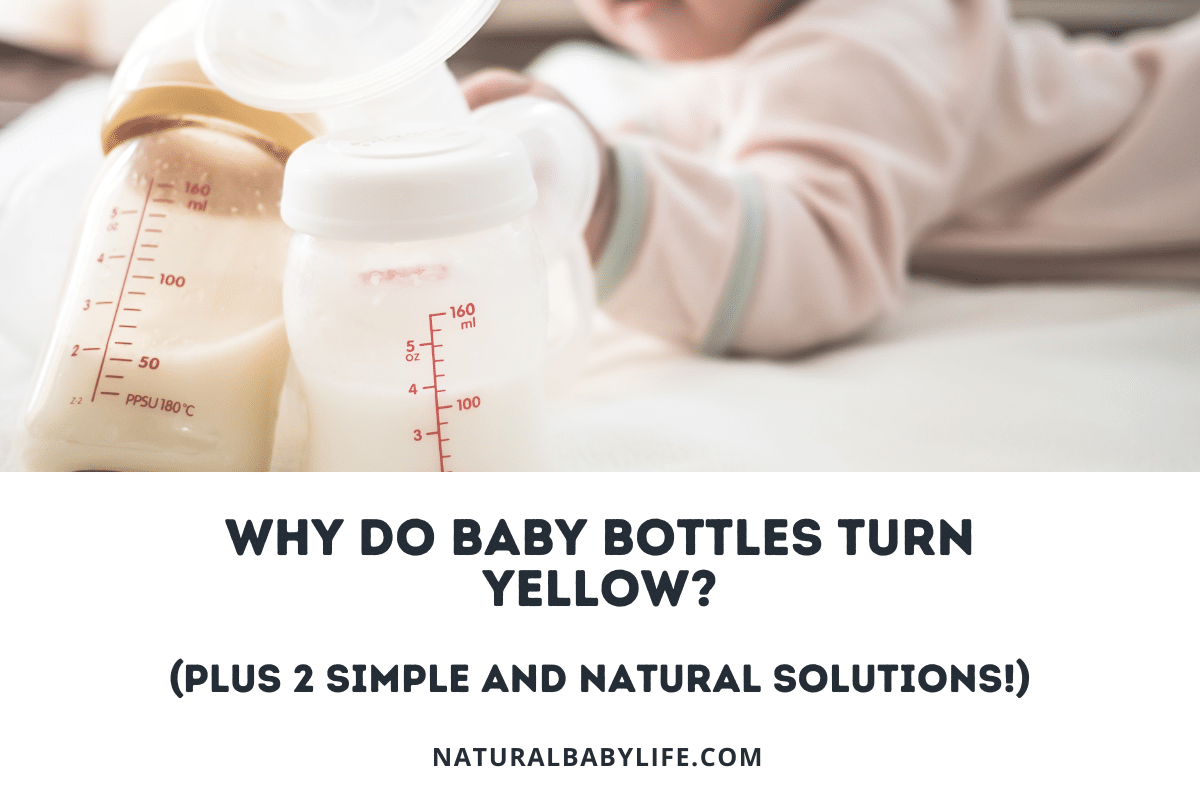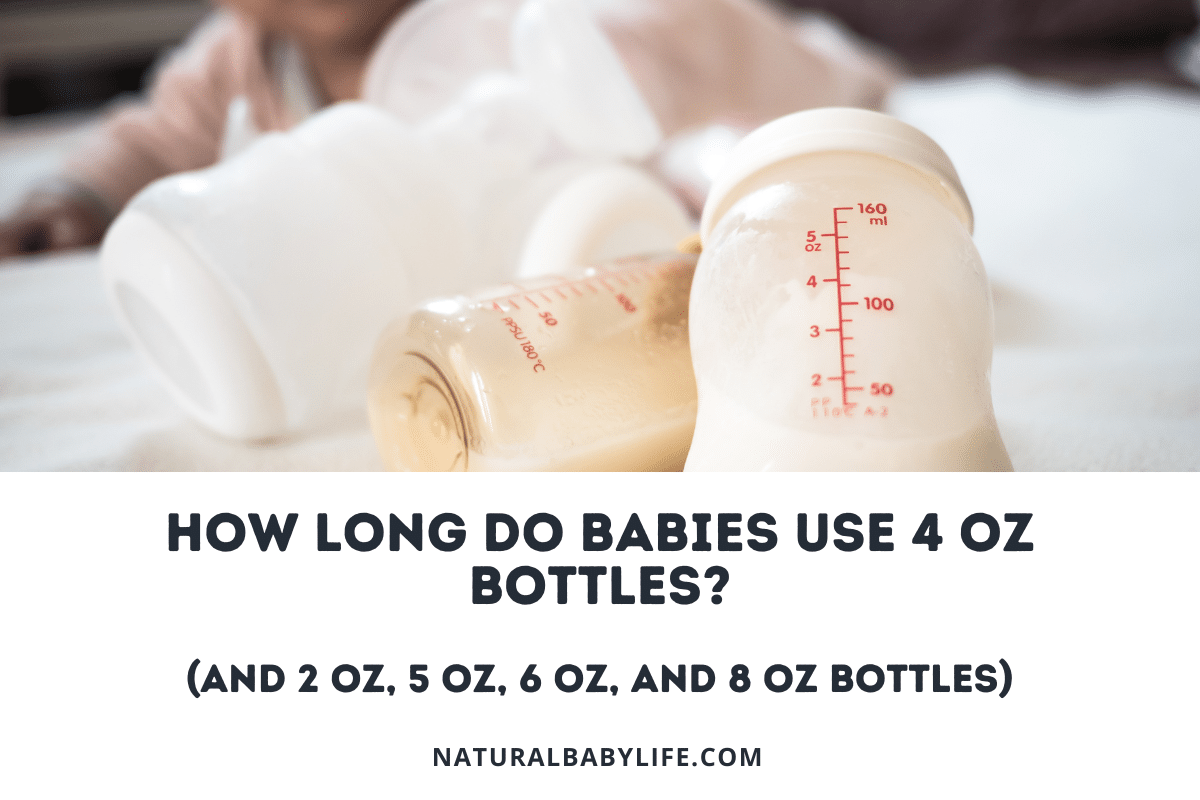Baby bottle warmers may be an essential part of the feeding process to some parents, while some may consider them a waste of space and money. Should you use a bottle warmer? Do you need a bottle warmer to heat your formula or breastmilk properly and safely?
Baby bottle warmers are used to heat breastmilk or formula evenly. You should never use the stove-top or microwave to heat your baby’s bottle as both do so unevenly and can lead to injury, but there are other methods for heating without a dedicated piece of equipment (such as warm running water or a warm water bath) that are safe and effective.
Are you looking to purchase a bottle warmer? Did somebody gift one to you at your baby shower? In this article we will take a look at the specifics of these bottle warmers and whether or not they are worth the hassle of setting up, using, and storing these units.
Table of Contents
How important is a bottle warmer?
Bottle warmers, though sometimes convenient and easiest to use, are not a necessity in your feeding process. Some parents enjoy the use of one and will swear by it. Bottle warmers are a known safe and quick method of heating the formula or milk.
The importance of a bottle warmer must be determined by each parent and their own needs. Warmers do cut the time down to a minimum and do not need to be micromanaged as much to ensure you aren’t overheating your formula or milk. However, they are not the only safe and quick method to warming your milk.
So, they aren’t necessary but what are they doing that those other methods such as pot warming or microwaving don’t do? Read on and we will go over the pros and cons of baby bottle warmers and hopefully determine if they are as important as the hype surrounding them.
Pros
What are some of the best and features of bottle warmers? How do they operate and what makes them stand out from other methods of warming your milk?
Pros of bottle warmers include:
- Temperature control – This has to be at the top of the list for pros. Bottle warmers heat your formula or milk at a consistent temperature. This ensures that the milk is thoroughly heated throughout and does not overheat it.
- Consistency – A consistent temperature and heating process ensures that the milk or formula retains the nutrients and calories.
- Time-oriented – Bottle warmers offer a convenient and consistent warm bottle every time. With several models to choose from, you are always guaranteed a quick and consistent warm bottle every time.
- Convenience – Easy access to your bottle warmer can determine if your baby gets a nice warm bottle or a not-so-nice warm bottle.
With the variety of different makes and models of bottle warmers available, you can move them throughout your house or take them on the go. When there is no other option for heating your bottle, a bottle warmer can definitely come in handy.
Cons
What are the worst features of bottle warmers? Is there anything that stands out and makes these warmers a waste of time and money?
Here are some cons of bottle warmers:
- Time – Some models may take longer to heat up than others.
- Learning curve – Not every bottle warmer is the same and although they all serve the same purpose, some more than others may take a bit of time for the water to heat up.
- Temperature – Although uncommon enough, depending on the temperature of the water and the grade of the plastic your bottle is made of, there could be a chance for the bottle to melt slightly or disfigure a bit. Check the rating of the plastic with the manufacturer before continued use of a bottle warmer.
Do you need a bottle warmer for breastmilk?
Using a bottle warmer to heat breast milk is not required though some parents enjoy the simplicity and relative ease of one.
The thought of throwing your milk into the warmer versus a bowl of hot water or a pot on the stove is sometimes an obvious choice concerning which you would opt for. However, studies show that heating your breastmilk too hot or unevenly heating can cause the much sought-after nutrients to break apart.
According to a study of breastmilk warming methods, “Heating above physiological temperatures significantly impacts nutritional and immunological properties of milk. In spite of this knowledge, there are no strict guidelines regarding milk warming. Human milk is often heated in electrical-based bottle warmers that can exceed 80°C, a temperature at which many beneficial human milk properties disappear.”
Needing a bottle warmer is not necessary to heat your baby’s milk and the dangers that overheating the milk can do are mostly not worth the risk. Having the ability to control the environment surrounding the bottle to ensure it is heated properly is key in preventing a lot of risks from leaving your bottle in a warmer to heat up.
How long does a bottle warmer take?
Even an electric-powered bottle warmer will take time to warm up to the desired temperature. The question arises though; how long does a bottle warmer take to heat up and warm your baby bottle?
Generally, a bottle warmer can take anywhere from 4 minutes to 9 minutes to fully heat your baby bottle depending on the model of bottle warmers.
With variations in temperatures and bottle size (ounces), this will affect the time it takes to heat properly.
Is it bad not to warm up a baby bottle?
Sometimes late at night or when your baby is extremely fussy and just wants their bottle you don’t have the time to warm it or get it ready for them correctly. What do you do? Is it safe to not warm it before giving it to them?
While most parents would say yes it is harmful to give a baby cold or room temperature formula or milk, no scientific evidence has been provided to the public supporting this theory. Some pediatricians will say that it would depend on how the child is taking it.
Babies prefer milk or formula warm because it comes from the mother’s body at a warmer temperature and so they expect that. Giving a baby cold milk is safe and can be done regularly. We do recommend keeping an eye out for any stomach aches or such which could cause your baby to be irritated.
Read these related articles to learn more about giving your baby cold milk or formula!
What can you use instead of a bottle warmer?
Although bottle warmers are usually convenient and quick for us parents, are there other methods to warm up a bottle? Are there any solid alternatives to the bottle warmer maybe?
Baby bottle warmers are not a necessity but are often used by parents around the world as the quickest and easiest method of warming up their bottles. Although this is a proven way of doing it, there are still other, more established methods, of heating them.
Here are some possible alternatives to using a bottle warmer – keep in mind that some are much better choices than others:
- Tap water – If you have a sink nearby, using tap water is a safe method for warming your baby’s bottle. Just run the bottle underneath some warm tap water and allow the bottle to heat up that way.
- Counter-top methods – With several different methods, warm your baby’s bottle on the counter-top is safe and easy to do but may take a little bit longer than the other methods. Fill a bowl, pot, or even a jug with warm (but not boiling) water and allow the bottles to sit for 5 to 15 minutes depending on the volume of the contents in the bottles.
- Microwave – Microwaves are not recommended but are another source of warming up food and drink. The real issue with microwaves is that more times than not, it heats the formula or milk unevenly. This can cause some parts of the bottle to be hotter or colder than the rest and in turn, can cause your baby to drink spots of scalding hot milk or formula that could lead to serious injury.
- Stove-top – Although using a stove-top may seem like a quick method of warming your bottle it is, like the microwave, not recommended due to heating the bottle unevenly. This causes hot pockets in the formula or milk and could cause injury as well as prevent the nutrients from remaining in the milk.
How do you keep a bottle warm at night?
Keeping a bottle warm at night may seem like a great idea so that you can wake up with the baby and pop the bottle in their mouth. But how do you keep them warm all night long?
While you can’t leave the milk or formula to warm all night, you can reduce the amount of time it takes to prepare the bottle by having the bottles prepared and the water already warm.
Thermos cups are good for keeping the water heated up to temperature for hours at a time and are likely the best choice for late-night meals. When you need to warm the bottle just drop it into the thermos and let it sit for several minutes, checking the temperature of the contents from time to time to ensure it isn’t overheated.
Another method is to use a small crockpot in a similar method to the thermos cup. When needed just set the bottle in the crockpot and allow it to sit and gain temperature until you are satisfied.
If neither of these methods works for you, you can easily use a bottle warmer or even warm tap water to quickly warm it up enough to feed your baby.
At what age do you stop warming up baby bottles?
During the months following birth, you will likely use warm milk or formula to feed your baby every day. But at what age is it acceptable to stop warming up the bottles and give them room temperature or even refrigerator temperature milk?
When a healthy baby is about 6-7 months old they begin to sit up and can even, in some cases, start eating the beginning stages of baby food. It is at this point in their life that it would be best to begin taking them off of warmed food and start giving them slightly altered cooler food until you are feeding them room temperature or refrigerator temperature milk.

